An Adventure of a Lifetime: Cycling Across America
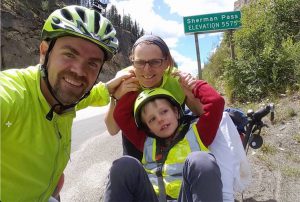 I recently came across the Facebook page for Travis, Fiona, and Patch Saunders, an Australian family currently cycling across America. Patch, who is 7 years old, has autism and is largely non-verbal.
I recently came across the Facebook page for Travis, Fiona, and Patch Saunders, an Australian family currently cycling across America. Patch, who is 7 years old, has autism and is largely non-verbal.
Patch was diagnosed at 21 months of age, and has received a wide array of different therapies in the time between then and now. As his parents explain on their blog—School of the Road—his “greatest leaps in learning have come from combining teaching with his love of movement.” He is what is known as a kinesthetic learner. Hence, the road trip, which will address Patch’s “love of the outdoors and curiosity about new environments.” The School of the Road curriculum for Patch will be determined by his interests, and what they see and do as they go along.
As Fiona explained in an interview, “So often there is a concentration on what your child can’t do,” Fiona said. “We want to give Patch the sense that he can do anything.”
The trip started in mid-July in Anacortes, Washington, and the family plans to finish up in Washington, D.C., by October. Along the way, they’ll cycle through Washington, Montana, North Dakota, Minnesota, Wisconsin, Michigan, Ohio, Pennsylvania, Maryland, and West Virginia, for a total of 5,000 kilometers. Travis is pedaling a specially designed semi-recumbent bike with Patch in the front, while Fiona is riding alongside on her own foldable bicycle.
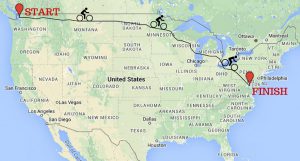 They’ve already traversed some amazing scenery, including the famed Going to the Sun Road in Glacier National Park, Montana and assorted high mountain passes. Videos and photos on their Facebook page tell an amazing story, complete with bison, the kindnesses of many strangers, and a lot of love.
They’ve already traversed some amazing scenery, including the famed Going to the Sun Road in Glacier National Park, Montana and assorted high mountain passes. Videos and photos on their Facebook page tell an amazing story, complete with bison, the kindnesses of many strangers, and a lot of love.
Their goal is “to build Patch’s experiences as they camp in the wild, meet new people, and most importantly show him anything is possible.” Although they’re just a little more than halfway through the trip, I’m pretty sure they’ve already met that goal. Amazing.
To follow Patch and his parents on their trek, go to their Facebook page here.

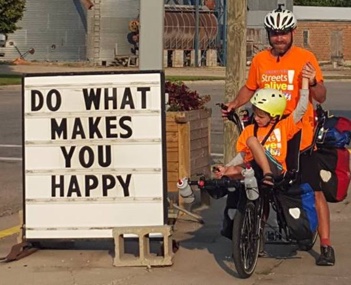

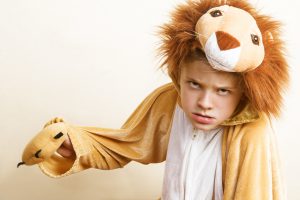 When was the last time that you felt truly overwhelmed by an emotion? Fear? Sorrow? Anger? Confusion? When was the last time you felt like there was honestly no one to turn to, no way to make it better, no path back to a place where life made sense and the world kept turning?
When was the last time that you felt truly overwhelmed by an emotion? Fear? Sorrow? Anger? Confusion? When was the last time you felt like there was honestly no one to turn to, no way to make it better, no path back to a place where life made sense and the world kept turning?

 PBS Digital Studios, together with
PBS Digital Studios, together with 
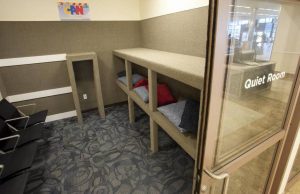 Back in the beginning of 2016, the town of Surfside Beach, South Carolina,
Back in the beginning of 2016, the town of Surfside Beach, South Carolina, 
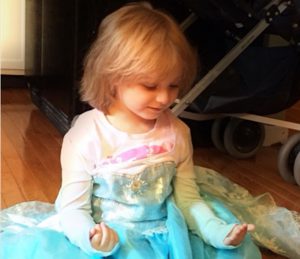

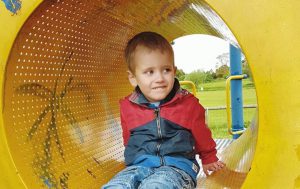

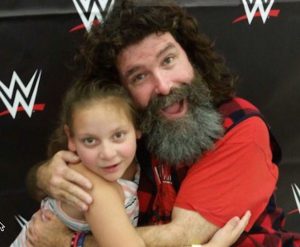 While wrestling fans have heard of WWE Hall of Famer Mick Foley, they might not know that he’s got a heart of gold that might be even bigger than his in-the-ring persona.
While wrestling fans have heard of WWE Hall of Famer Mick Foley, they might not know that he’s got a heart of gold that might be even bigger than his in-the-ring persona.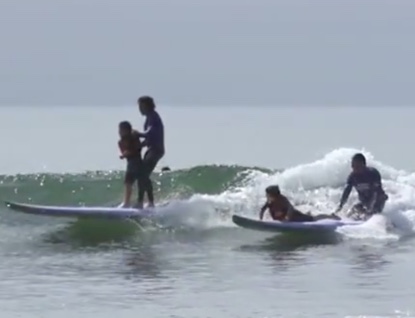
 For those of us who love the ocean, nothing compares to the feelings of freedom and peace that it brings.
For those of us who love the ocean, nothing compares to the feelings of freedom and peace that it brings. 
 This past Sunday, the J.C. Penney store at Timber Creek Crossing in Dallas, Texas, held its first shopping event for families with autistic children. The private, two-hour, back-to-school event was developed with help from the
This past Sunday, the J.C. Penney store at Timber Creek Crossing in Dallas, Texas, held its first shopping event for families with autistic children. The private, two-hour, back-to-school event was developed with help from the